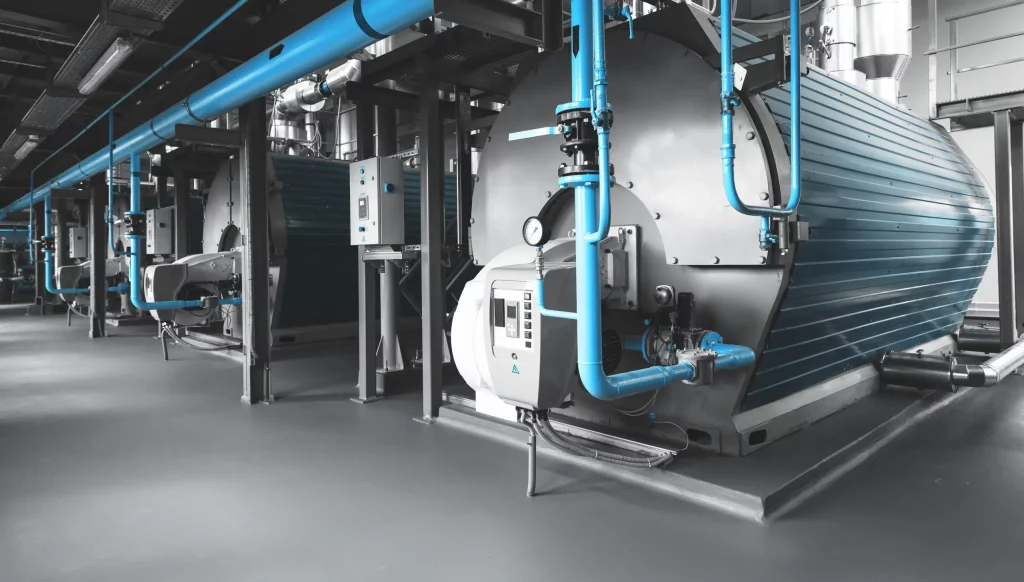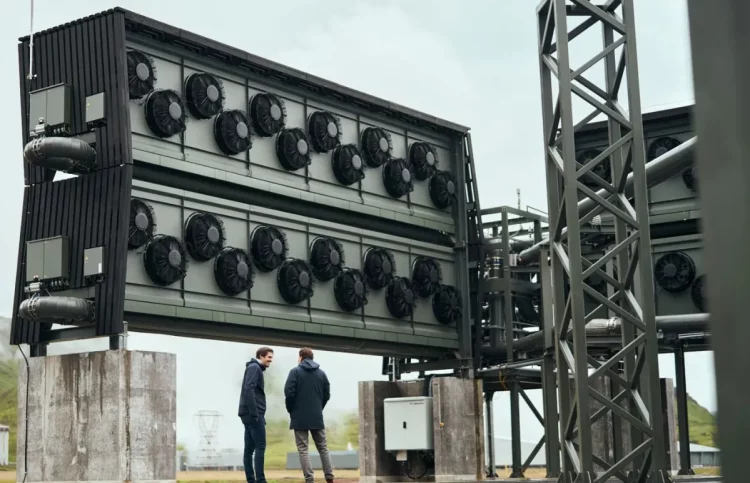The carbon capture sector has experienced an unprecedented surge in 2025, with stocks climbing over 72% since the second quarter. This explosive growth reflects a convergence of policy support, technological innovation, and market dynamics that are reshaping how industries address carbon emissions. At the heart of this rally lies the U.S. Department of Energy’s (DOE) massive $12 billion subsidy program aimed at boosting direct air capture (DAC) technology deployment. Meanwhile, heavyweight energy companies like Schlumberger and Occidental Petroleum are locked in a high-stakes technology race to commercialize and scale carbon capture solutions, driving investor excitement. Yet, despite the optimism, controversies surrounding carbon credit registries such as Verra raise critical questions about the sector’s long-term sustainability and credibility. This article unpacks the factors fueling the surge in carbon capture stocks by exploring the DOE subsidy framework, the technological competition between major players, and the challenges facing carbon credit systems.
DOE’s $12 Billion Direct Air Capture Subsidies: Catalyzing a New Carbon Economy
The Biden administration’s aggressive climate agenda has placed direct air capture technology at the forefront of carbon mitigation strategies. Unlike traditional carbon capture methods focused on industrial point sources, DAC removes CO2 directly from the atmosphere, offering a scalable solution for deep decarbonization. Recognizing DAC’s potential, the DOE unveiled a $12 billion subsidy program in early 2025 aimed at accelerating commercial deployment, infrastructure development, and cost reductions.
This unprecedented funding initiative covers a wide range of expenditures including project capital costs, operational expenses, and research grants for innovative DAC materials and processes. By lowering financial barriers, the program is attracting private sector investment and fostering public-private partnerships. The subsidies also incentivize building CO2 transportation and storage networks essential for integrating DAC projects into broader carbon management systems.
Investor appetite has surged as companies securing DOE grants signal their technological viability and alignment with federal climate goals. Moreover, these subsidies create a competitive advantage for firms capable of rapidly scaling operations and meeting stringent environmental standards. The market recognizes that DOE-backed DAC projects could unlock new revenue streams through carbon credit generation and partnerships with carbon-intensive industries seeking offsets.
However, while the subsidies provide critical momentum, they also set a high bar for accountability and transparency. The success of the program hinges on measurable emissions reductions, cost trajectories, and community acceptance. In this context, the DOE’s role extends beyond funding to include monitoring and enforcing rigorous performance standards, which will shape investor confidence going forward.
Schlumberger vs. Occidental Petroleum: The Technology Race for Carbon Capture Supremacy
Within the booming carbon capture landscape, Schlumberger and Occidental Petroleum stand out as industry leaders driving technological innovation. Schlumberger, historically a leader in oilfield services, has aggressively pivoted toward carbon capture solutions, leveraging its expertise in subsurface engineering and digital technologies. Its approach focuses on modular, scalable DAC units paired with enhanced oil recovery (EOR) projects and geological CO2 storage.
Schlumberger’s integrated technology platform utilizes advanced sensors, AI-powered process optimization, and proprietary sorbents to improve capture efficiency and reduce operational costs. Its recent pilot projects have demonstrated promising results in cost-per-ton CO2 captured, attracting significant investor interest. Schlumberger’s strategic partnerships with governments and technology startups also enhance its innovation pipeline.
On the other hand, Occidental Petroleum, one of the largest oil producers in the U.S., has committed to a bold transformation strategy centered on carbon capture and storage (CCS). Occidental leverages its extensive experience with EOR and vast CO2 storage sites, positioning itself to become a carbon management powerhouse. Its initiatives include developing large-scale DAC facilities and capturing emissions from its own operations to achieve net-zero targets.
Occidental has also focused heavily on scaling infrastructure and securing long-term carbon credit contracts, capitalizing on the burgeoning voluntary and compliance carbon markets. Its aggressive capital deployment in CCS technologies and public commitment to climate goals have reinforced its credibility among ESG-conscious investors.
The competitive dynamics between Schlumberger and Occidental reflect broader industry tensions between traditional oilfield service providers adapting to green technologies and energy producers transforming their business models. Investors are closely watching milestones such as cost reduction breakthroughs, regulatory approvals, and commercial-scale project launches to gauge which company will dominate the carbon capture value chain.
Verra Carbon Credit Registry Controversies: Trust and Transparency Under Scrutiny
While government subsidies and technological advancements drive optimism, the integrity of carbon credit systems, particularly those administered by Verra, has come under intense scrutiny. Verra operates one of the largest voluntary carbon credit registries, certifying offsets generated by projects including DAC, reforestation, and methane capture.
Recent investigations have highlighted inconsistencies in Verra’s certification processes, including over-crediting of emissions reductions and insufficient verification of additionality—whether projects deliver genuine, additional CO2 removal beyond business-as-usual scenarios. Critics argue these shortcomings undermine the environmental credibility of carbon credits and threaten to erode investor and public trust in carbon markets.

The controversy has prompted calls for more stringent auditing, increased transparency, and standardized methodologies for carbon credit issuance. Regulatory bodies in major markets like the EU and U.S. are beginning to scrutinize voluntary carbon markets, considering frameworks that would mandate compliance-grade carbon credits for offsets to qualify in corporate climate reporting.
For investors in carbon capture stocks, these developments inject uncertainty. Companies relying heavily on carbon credit revenues face risks if market participants discount the value of credits or if regulatory reforms impose costly compliance requirements. However, firms proactively engaging with registry reforms, adopting third-party verification, and developing direct capture-to-storage models may emerge stronger in a more regulated environment.
Balancing Optimism and Caution: What Lies Ahead for Carbon Capture Investments?
The surge in carbon capture stocks since Q2 2025 encapsulates a transformative moment in climate technology investment. DOE subsidies have unlocked a new wave of project financing, enabling companies to push the boundaries of DAC scale and cost-efficiency. Schlumberger and Occidental’s technology race exemplifies the rapid innovation and strategic repositioning underway within legacy energy sectors.
Yet, challenges remain. The credibility of carbon credit registries like Verra must be restored to ensure the financial viability of offset-based business models. Moreover, carbon capture technologies must demonstrate sustained emissions reductions, economic competitiveness, and public acceptance to avoid becoming stranded assets in a rapidly evolving energy landscape.
Investors should adopt a nuanced view, balancing the promise of breakthrough technologies and supportive policy environments against the risks posed by regulatory uncertainty and market skepticism. Due diligence focused on project pipelines, technology readiness levels, governance practices, and alignment with emerging climate policies will be critical.
In the coming years, as DAC and CCS projects move from pilot phases to commercial operations, transparency and measurable impact will define winners and losers in the carbon capture sector. The 72% stock surge marks not only a market trend but a pivotal chapter in the global effort to decarbonize, where innovation, policy, and trust intersect.














































